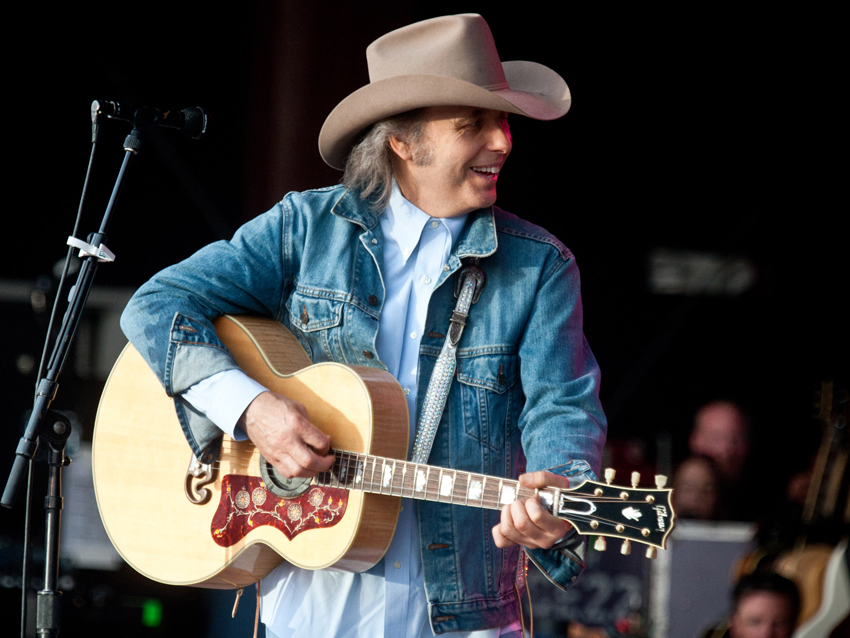
Dwight Yoakam picks 15 essential guitar recordings
There has always been more than a frisson of daring in Dwight Yoakam’s maverick approach to guitar playing and record making – a rapturous, “what-if?” collision between a Bakersfield honky-tonk and Liverpool’s Cavern Club, with a rude little dash of LA garage punk thrown in for good measure.
And so it figures that such an inveterate individualist, when asked by MusicRadar to compile his hist of 10 essential guitar albums, would take a fork in the road and come up with 15 guitar 'recordings' that rock his world. “Sometimes there’s such brilliance on one song that it eclipses everything else," Yoakam says. "There are many essential albums for guitar players, but with the fractured world we live in now – you got Spotify and other sites – it’s all about tracks. I keep going back to those all-important three minutes myself."
Yoakam is quick to point out that he sailed right past what he calls the "guys-who-want-to-be-a-guitar-hero" kind of list, and indeed his picks – nothing past 1974, with a heavy emphasis on UK rockers – could easily be deemed "15 essential guitar riffs." As he explains it, “To me, the hook of the riff is what makes a great guitar recording. It’s the backbone of the whole song. When you have a strong riff, it’s the rocket fuel for the track."
When it comes to both his own work and the records he reveres, Yoakam's criteria for guitar sonic goodness is relatively straightforward. "No compression or as little as possible – that’s how you get a good recording," he says. "But you have to start with an interesting, powerful statement, and that's all in the riff. I've held that view since I was 14 years old, and I still do today."
On the following pages, Yoakam runs down his choices for 15 essential guitar recordings, a fascinating mix of British and American gems that all share a unifying, defining characteristic. "Each one has an immediate, palpable, emotional hook of a riff," he says. "You hear it and you're in."
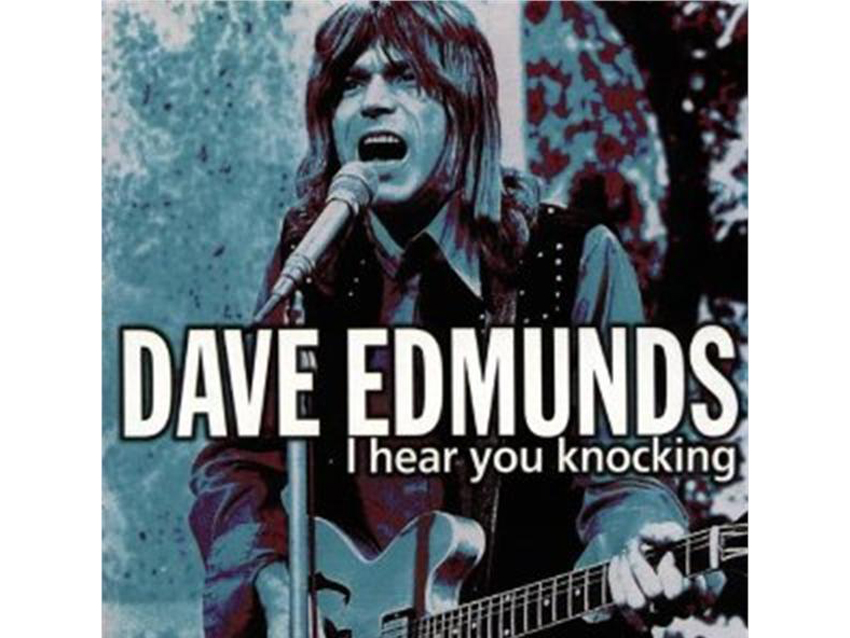
Dave Edmunds - I Hear You Knocking (1970)
“Listen to that guitar! Unbelievable. I think I read somewhere that Dave played everything on the record, and it has one piano part – this chord in the middle where he goes ‘Duhnnn!’ It’s at the end of the middle eight, and it’s so badass.
“The guitar tone is thick, rude, grungy, and it’s immediate in its emotional pull. There’s a direct connection that it makes to the listener. ”
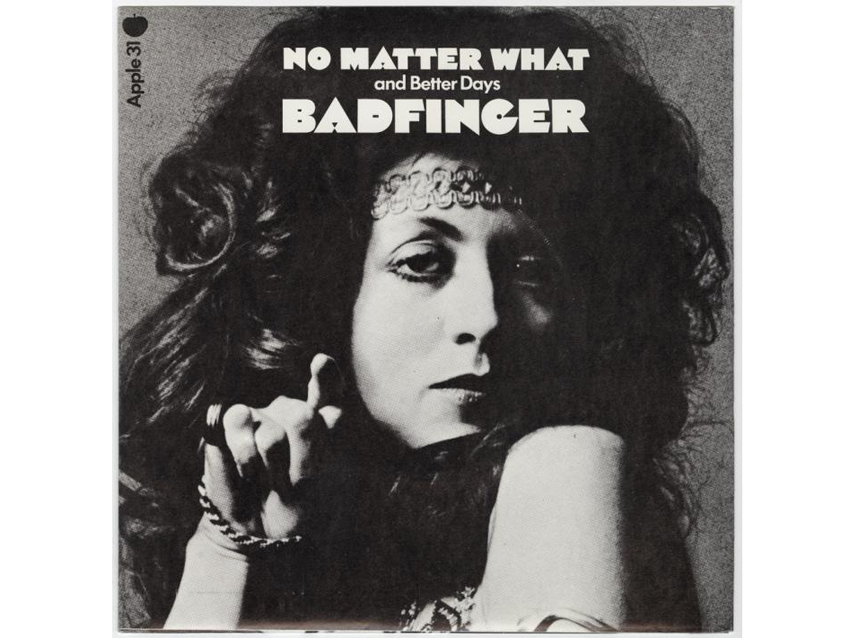
Badfinger - No Matter What (1970)
“This is more of a chordal riff, but it hooks you from that first punch. I love all of Badfinger’s tunes, but this one truly sealed the deal for me. The sound is sweet but gritty – that's a really nice mix when you can get it just right.
“I bought the Magic Christian album because it had Come And Get It, and there was another Badfinger song, Day After Day, that had beautiful guitar playing by George Harrison. But No Matter What has a punchy, instantaneous impact from the guitar part that you never forget.”
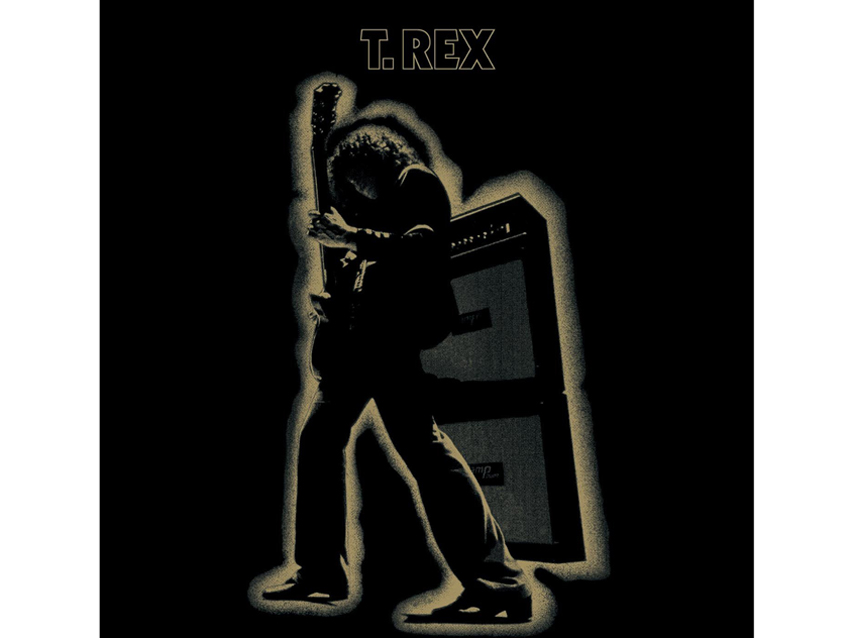
T. Rex - Electric Warrior (1971)
“I’ll name the whole album on this one. It has Get It On, which was Marc Bolan’s only big monster smash in America, but there rest of the record is just as strong. It sounds as modern today as anything the Foo Fighters are doing.
“You can look to the White Stripes and a lot of other bands, and they took so much from Marc Bolan. The guy was a visionary and very ahead of his time. The guitar riffs are pure, smart-ass and badass.”
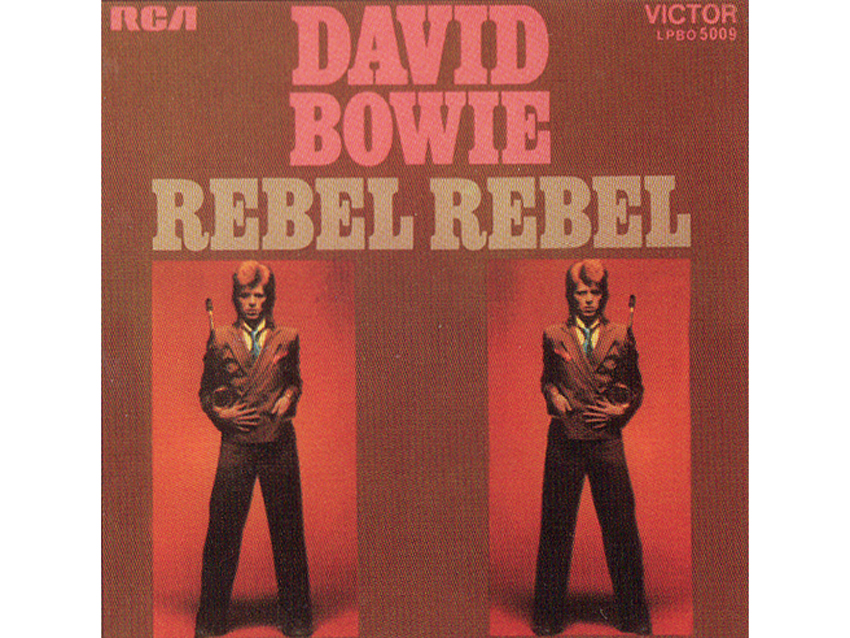
David Bowie - Rebel Rebel (1974)
“The tone and the beautiful simplicity of this guitar riff never gets old, and it sure never gets old in a car. [Laughs] Collars go up everywhere as soon as this song starts playing, and it’s all because of that great guitar part.
“There’s so much swagger to it – hell, yeah, James Dean! But again, like so many of these songs, the guitar playing seems to convey the meaning of the lyrics. When you can have pack such attitude into your guitar sound, you're halfway there.
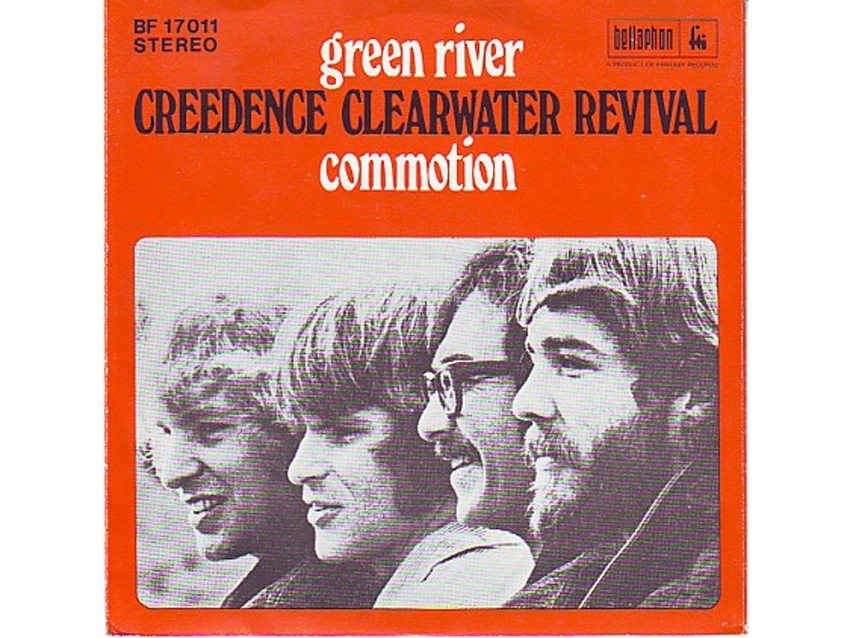
Creedence Clearwater Revival - Green River (1969)
“Just that opening [hums the part] – it’s a total melody; it’s the song. The simplest little part, just like a guy playing guitar on his back porch, and you’re into the whole tune from there. It's a tricky little figure that has to be played just so.
“The track itself is great throughout, but the riff, the tone and the execution, that's the center of everything."
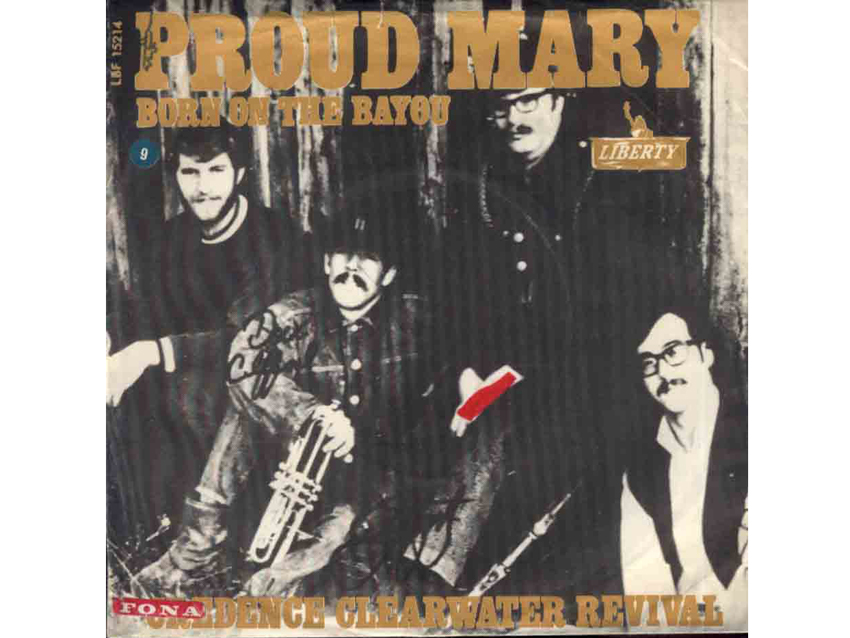
Creedence Clearwater Revival - Born On The Bayou (1969)
“The rolling, droning infectiousness of that opening lick, again creates ann indelible musical imprint. The song starts with that riff, and it’s a motif that informs everything else.
“I love licks that are so immediately recognizable – I mean, c’mon, those are the parts you always try to write. You pick up a guitar, peel off some notes or a chord pattern, and everybody goes, ‘Oh, yeah – Born On The Bayou.’ Fogerty was a master at that.”
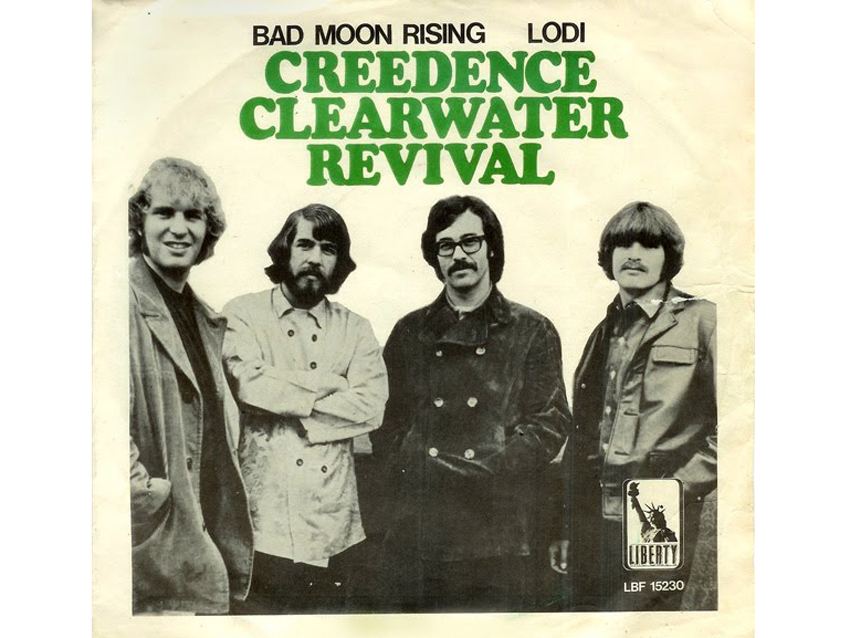
Creedence Clearwater Revival - Bad Moon Rising (1969)
“For all of the same reasons I gave on the other Creedence songs. I was talking to John’s bass player, who told me that John tunes down a whole step, which makes sense because you can’t play this riff in a standard tuning and expect it to sound like the record.
“I believe John played it originally on the Les Paul. He was playing the Rickenbacker around the same time, but this one sounds like a Paul – those humbuckers. But I did hear that he put a humbucker on the Rick, too.
Another cool thing is how John attacks the electric like he's playing an acoustic guitar, and that creates the jump, the bounce in the performance. I love that, the way it moves.”
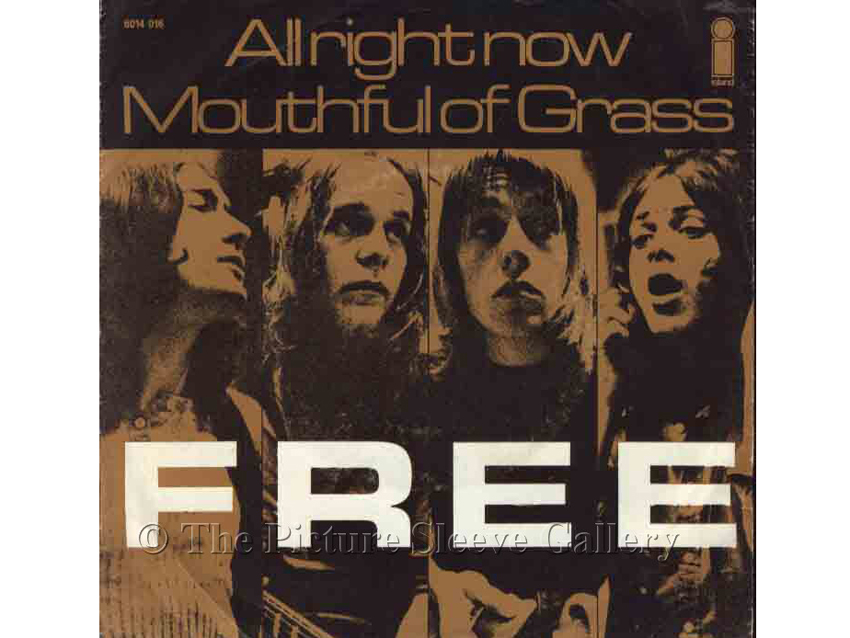
Free - All Right Now (1970)
“What’s interesting is, I read that the song was written by the 17-year-old bass player [Andy Fraser] in a dressing room. The band was saying, ‘We keep coming off stage with ‘down’ songs; we need something ‘up’ to finish the show.’ He grabbed his bass, started humming, and came up with this great chordal guitar riff.
“Paul Kossoff gets such a tough sound. There’s a cool chunka-chunka thing – a rolling, choking element to the third chord in the pattern. He nails it. But importantly, the precision never overwhelms the reckless emotion.”
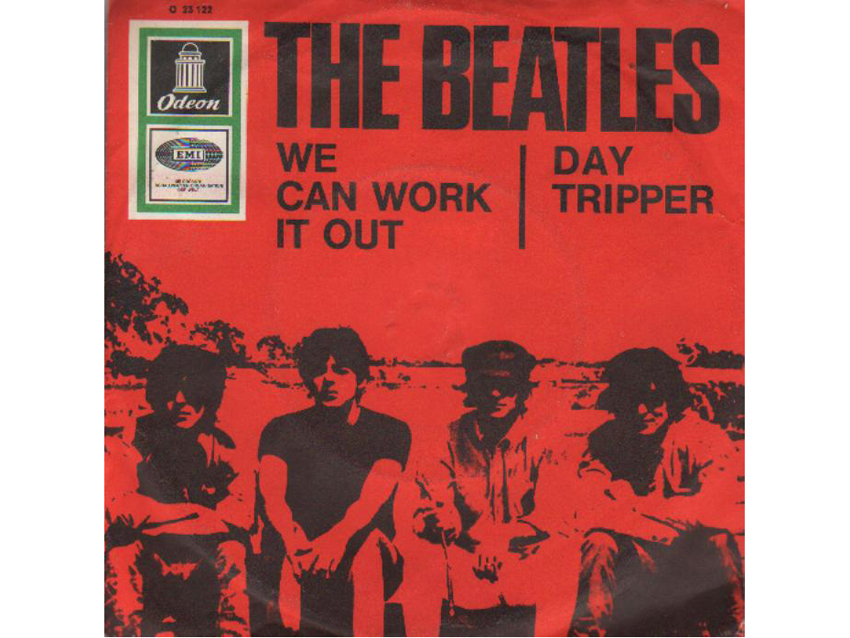
The Beatles - Day Tripper (1965)
“As much as I love George Harrison, I have to give the kudos to John Lennon. George answers John’s riff, but I think that’s John playing the main lick.
“It’s one of those guitar parts that is inescapable. I never get tired of playing it. Even today, if I'm siting here idly holding a guitar, I want to play it. [He plays the guitar riff.] There it is! My fingers just go to that pattern. It feels good. It has form, movement, melodic structure, it has attitude – it’s got everything."
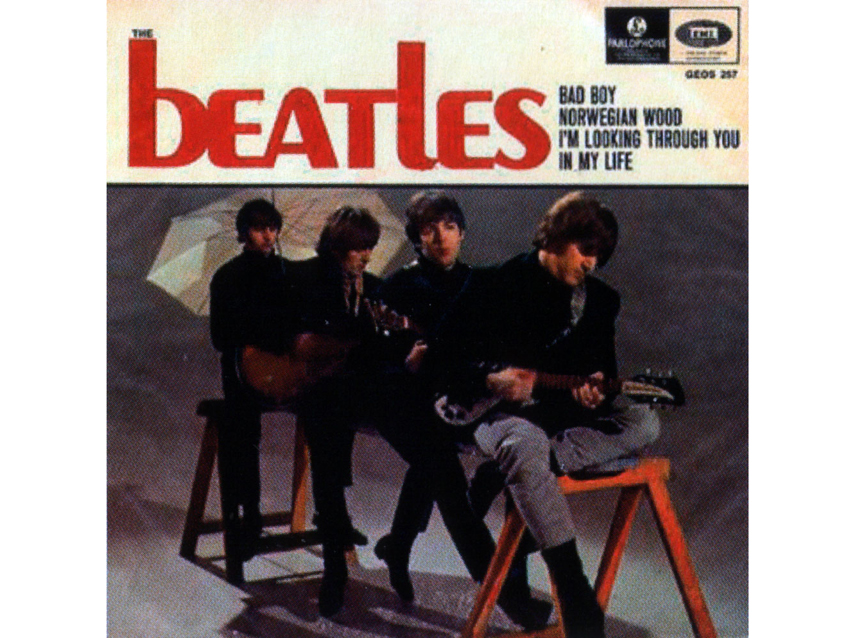
The Beatles - Bad Boy (1965)
“The way that John Lennon attacked rhythm riffs was astounding. There is no real lead riff in this song; it’s all in the rhythm. John slams the chords in the front of this tune and wakes up everybody up.
“There’s a little blues fill in the part, too, but it's John’s call-to-arms, his whole ‘We’re ready to rock’ enthusiasm, that just gets me every time. There’s an art to pounding a chord with authority, and Lennon was one of the best at it.”
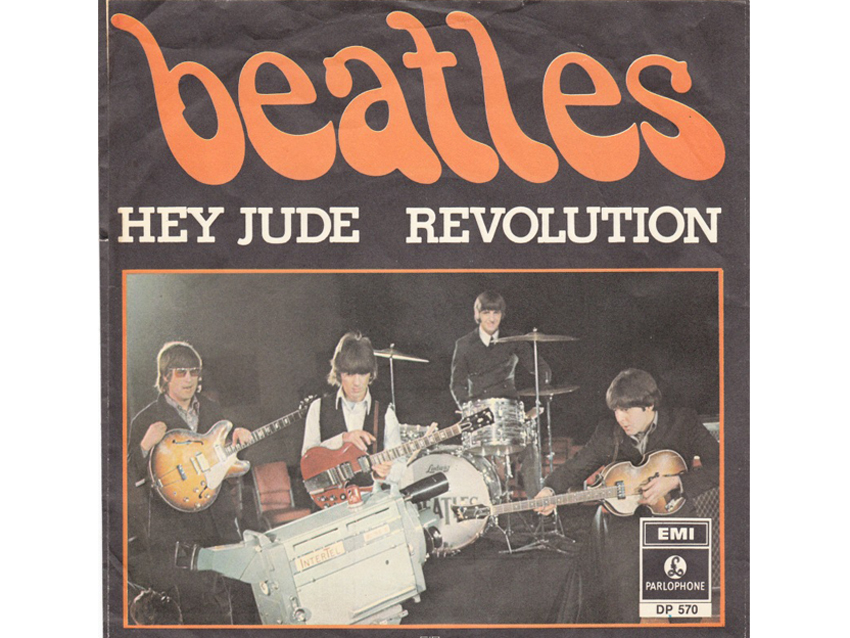
The Beatles - Revolution (1968)
“Lennon had that Casino, and he never let it go. He sanded it down to blonde, and when you’ve got those P-90s just screechin’ – oh, yeah! That’s the sound on Revolution. There’s nothing like that tone.
“The subdued, acoustic version of Revolution on the ‘White Album’ is great, but the definitive statement is the single version, where Lennon is on fire with that Casino. It shakes you up and rips you up. One of the biggest, most alive guitar sounds I've ever heard."
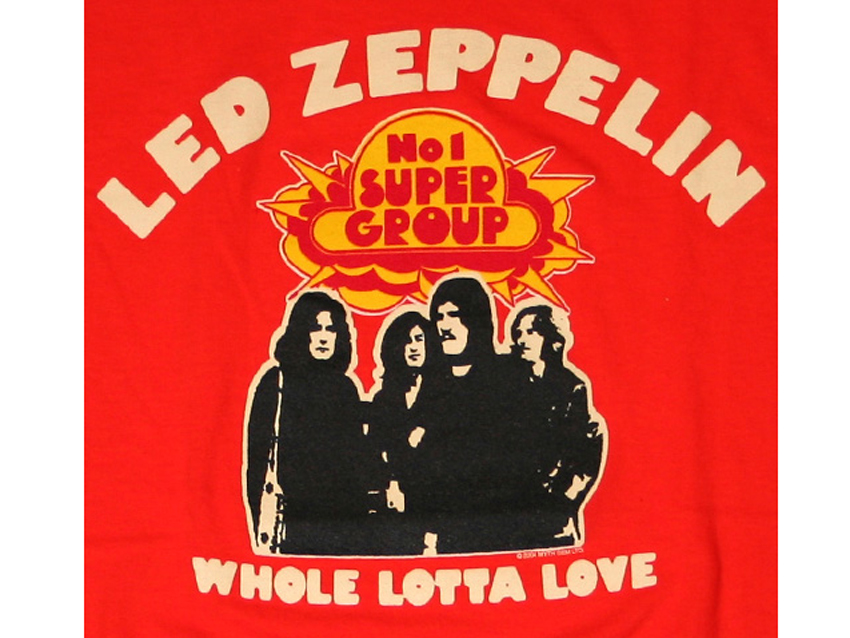
Led Zeppelin - Whole Lotta Love (1969)
“Jimmy Page, to me, used the guitar as a tool and a weapon in the battle of arrangement and form. He used it almost like horns. No matter what else he's doing, the guitars jump out and punctuate the song.
“In Whole Lotta Love, where the guitar starts, goes to and ends up is pretty spectacular. If you’re 13 and you collide with this track, you’re pretty much done in. The blues purists might have been screeching at the time about what Zeppelin were doing, but they’ve fallen silent over the years – understandably.
“Listen to this song today, and it’s every bit as powerful as when it came out. It’s bigger than the sum of its parts. It’s taking blues and bringing it to a larger context. Whole Lotta Love is grandiose in a [Spanish architect] Gaudi way, and Jimmy Page is the Gaudi of rock ‘n’ roll.”

The Rolling Stones - Honky Tonk Women (1969)
“This riff is genius, and it’s all in Keith’s droning, unique five-string performance. When people try to perform it on a six-string, they're messing up its emotionally sonic DNA. You have to play it Keith’s way, and he might be the only guy who can get it really right.
“In the absence of the low-E string, there’s a space in the sound that’s important to the overall sound. You have to have that air, and you can only get it on a five-string. I remember Keith saying in his book something about the sixth string getting in the way, and he was right.
“Ry Cooder showed Keith how to play in open tunings. All of the stuff that Keith did with the five-string has that cool quality of space – something's missing, and that's the whole point – but Honky Tony Women is the prime example. He plays air – it’s like another frequency he uses.”

James Gang - Funk #49 (1970)
“Joe Walsh – my hero! Man, I can't forget Funk 49. I used to have people running me out of restaurants for playing this song. This was back when you could play one song for a dime on a jukebox, so I used to get a dollar’s worth of dimes and just play Funk 49 over and over again. It drove people crazy.
I said to Joe one time, ‘What kind of guitar did you play on that song,’ and he went [imitates Joe Walsh], ‘I played a 1962 Telecaster Custom.’ I was like, ‘A Tele… no wonder it has that bite.’ And said, ‘Yeah, through a Fender Champ amp.’ And you can hear it. That's the combination for that sound.
“The virtuosity of that riff, the pull, the rhythmic percussiveness – it floors me. Joe knew that a guitar was part of the rhythm section. That’s where it starts and ends. It’s the rhythm, the hump, the jump.”

The Hollies - Long Cool Woman (1972)
“The opening to this song has a cross-picked scale riff that is gorgeously melodic in the way it descends. The melody falls into the track. You step off a sonic cliff with that bit, and down you go – you’re into the power of the groove.
“It’s almost Jimmy Reed meets Elmore James, reinterpreted through youthful rockers. It takes you back to early rock ‘n’ roll. The song that sounded great on one speaker in your car, and the guitar is fat. No matter what you hear it on, it stays front and center.”
Joe is a freelance journalist who has, over the past few decades, interviewed hundreds of guitarists for Guitar World, Guitar Player, MusicRadar and Classic Rock. He is also a former editor of Guitar World, contributing writer for Guitar Aficionado and VP of A&R for Island Records. He’s an enthusiastic guitarist, but he’s nowhere near the likes of the people he interviews. Surprisingly, his skills are more suited to the drums. If you need a drummer for your Beatles tribute band, look him up.
